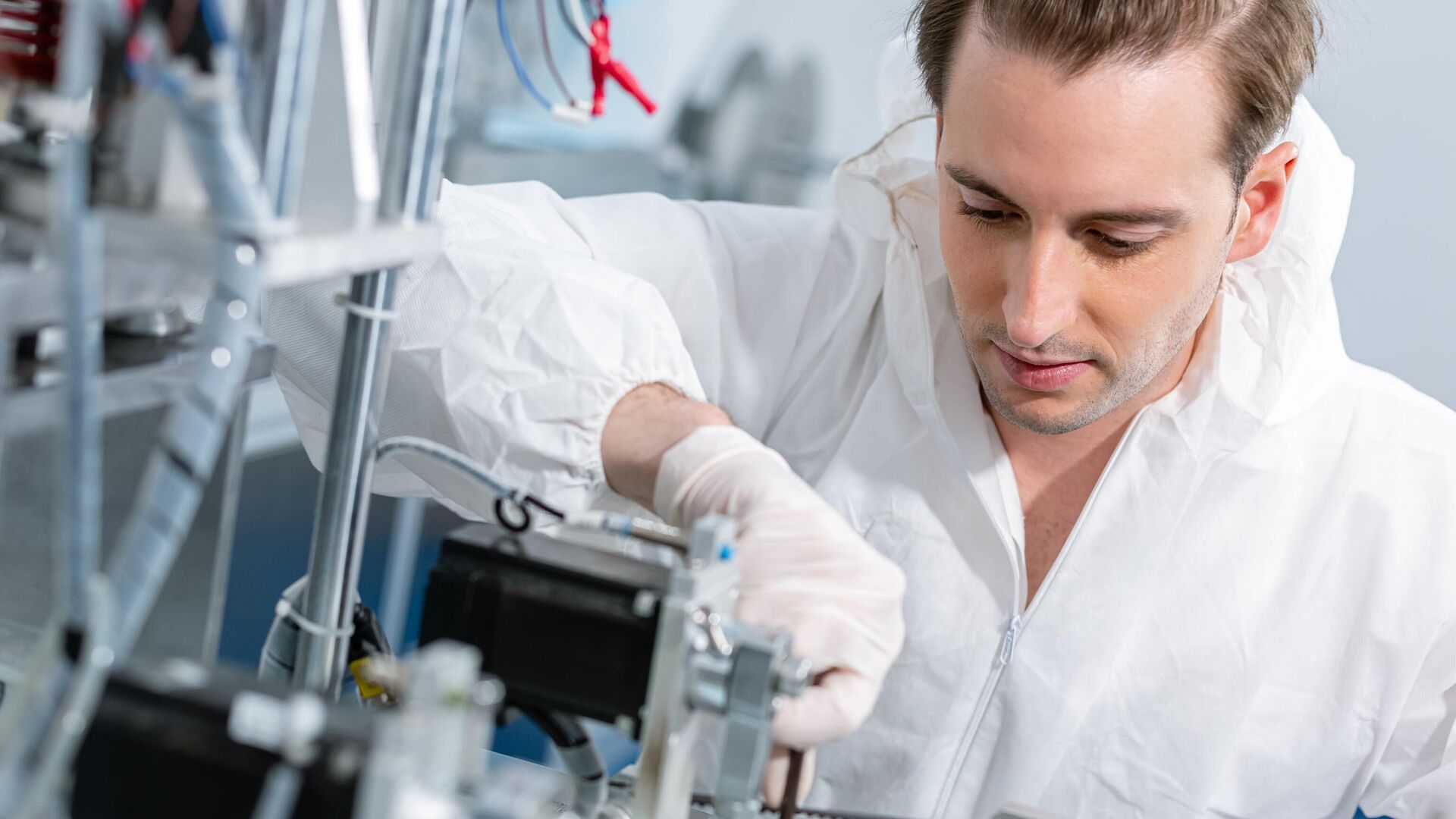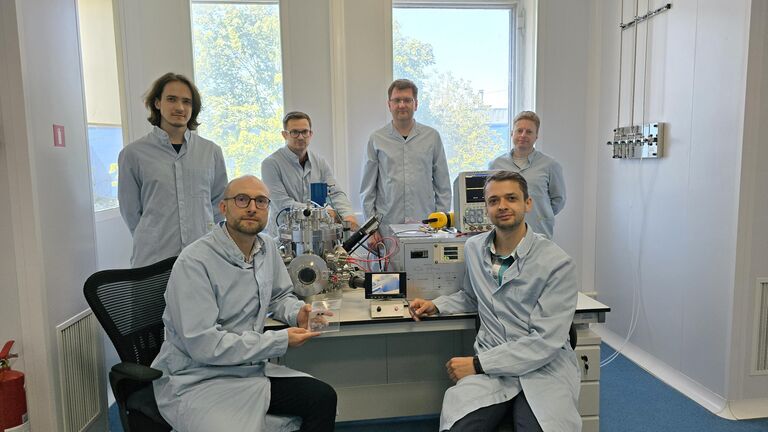
MOSCOW, July 2 A way to increase the energy efficiency and durability of X-ray machines and electron microscopes was proposed by scientists from the National Research University MIET as part of a scientific team. According to them, this can be done by making a source of electron flow (cathode) from a new material created by the team. The result is presented in Applied Surface Science.
Today, diagnostic X-ray machines, computed tomographs, scanning and transmission electron microscopes are widely used throughout the world. All these devices are based on devices capable of generating high-intensity electron flows — emission cathodes, said one of the authors of the study, a researcher at the National Research University MIET (NIU MIET) Artem Kuksin.
According to scientists, the majority Modern cathodes emit electrons when heated. A well-known example is the tungsten filament in an incandescent light bulb, which begins to glow when heated by electric current to high temperatures. At the same time, elements that heat up to temperatures of 2–3 thousand degrees begin to release heat into the environment. This reduces their energy efficiency and also reduces their service life, experts explained.
To overcome these shortcomings, scientists are developing field emission cathodes, which, when energized, can generate streams of electrons without heating.
A team of scientists from the National Research University MIET, together with colleagues from other Russian universities, has developed a new material for «unheated» cathodes based on carbon nanomaterials and barium oxide, which showed four times higher efficiency than thermionic cathodes based on tungsten.
«
“We proposed a technology for creating emission cathodes based on carbon nanotubes and graphene treated with barium oxide nanoparticles to improve emission properties. Such hybrid nanostructures helped increase the field electron emission current by 42 times compared to the original film of graphene and nanotubes. The maximum emitted current exceeded 500 μA, and its density reached 2.0 A/cm2,” said the scientific director of the study, head of the Biomedical Nanotechnology research laboratory. National Research University MIET Alexander Gerasimenko.

1 of 2

2 of 2
1 of 2
2 of 2
He noted that the emissive properties of the developed hybrid nanostructures can be explained by the strong electronic interaction between carbon and barium atoms in the hybrid nanostructure.
«In terms of the maximum emission current density and threshold voltage, our cathodes are superior to existing analogues in the form of commercial thermionic cathodes cathodes based on tungsten, as well as similar cathodes based on carbon nanomaterials. At the same time, the stability of the electron flow over time remains at a high level,” Gerasimenko noted.
In the future, the research team will improve the characteristics of the developed cathodes, as well as test the formed cathodes in X-ray tubes and electron microscopes.























































Свежие комментарии